The Toowoomba Bypass another example of a major connectivity project
Opening day of the second Gateway Bridge, the Sir Leo Hielscher Bridge. People walking across the new bridge during the Open Day celebrations
People boarding specially organised trains for the event
Special buses were organised to help with transportation of the crowds attending the Open Day celebrations
Construction of the Ted Smout Memorial Bridge underway
Vintage Cars crossing the bridge during the open day celebrations
Crowds waiting to walk across the bridge during the open day celebrations
The bulk carrier Shen Neng 1, aground on a reef 70 kilometres east of Great Keppel Island, early April 2010
Maritime Safety Queensland pilot vessel
Inside Vessel Traffic Services (VTS) centre Brisbane
New breakwater and floating walkway at boat ramp Whisper Bay, Cannonvale
Freight train near Hughenden
Panoramic view of the construction underway near Parklands Avenue and the new Gold Coast University Hospital
Relocation of services and public utilities such as communications, power, water, gas, drainage and sewage
Construction of the station shell for the University and the construction of the Gold Coast University Hospital
Gold Coast Light Rail, Broadbeach, Gold Coast
Gateway Upgrade Project - Pedestrian and Cycleway
Veloway 1 Stage D at Cornwall Street, Greenslopes
Veloway 1, Stage D, Section 2 at Cornwall Street, Greenslopes
North Brisbane Bikeway
New Generation Rollingstock (NGR) fleet at the Wulkuraka Maintenance Centre
New Generation rollingstock Indigenous train wrap time-lapse
Co-design in action – New Generation Rollingstock
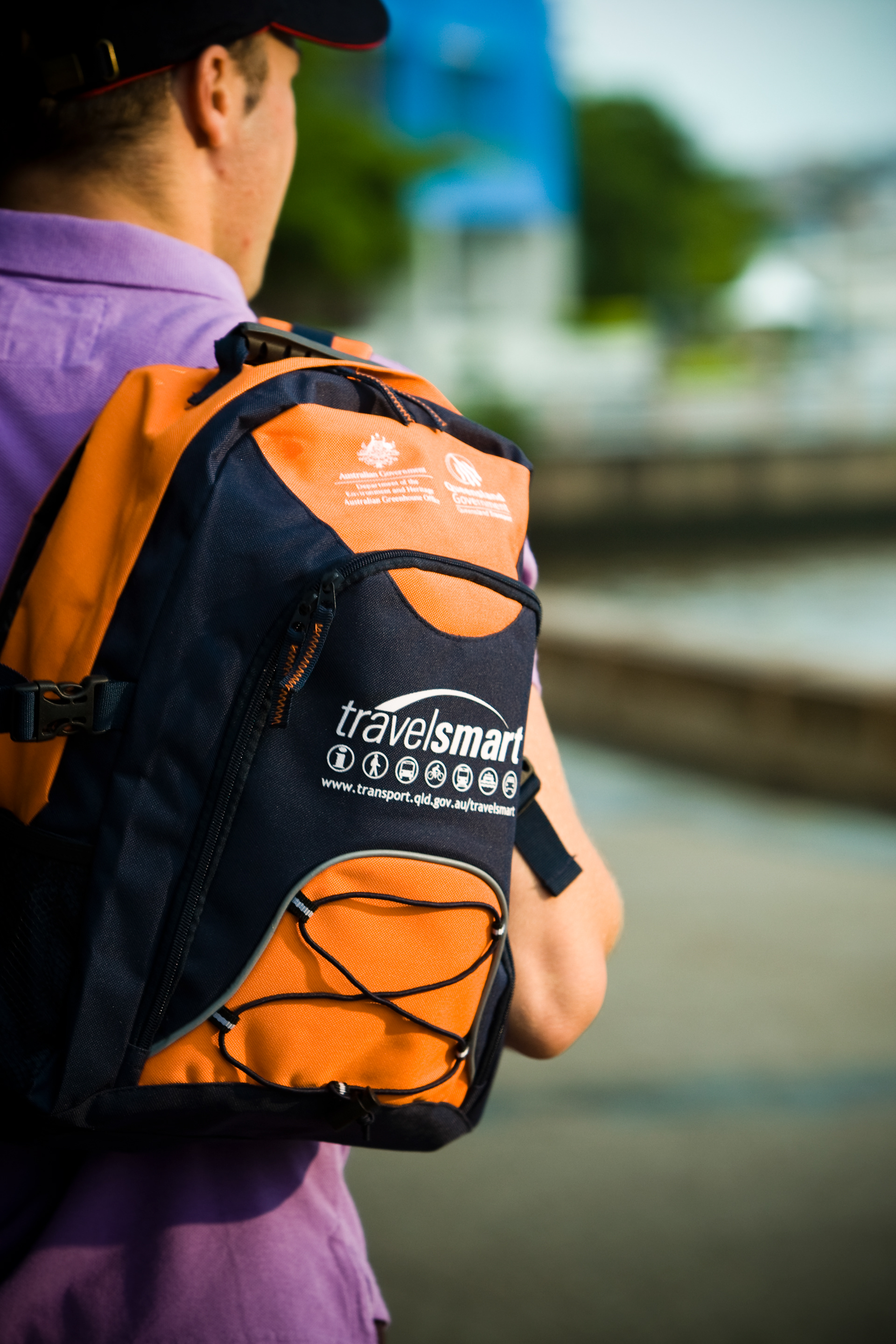
Travel Smart backpack
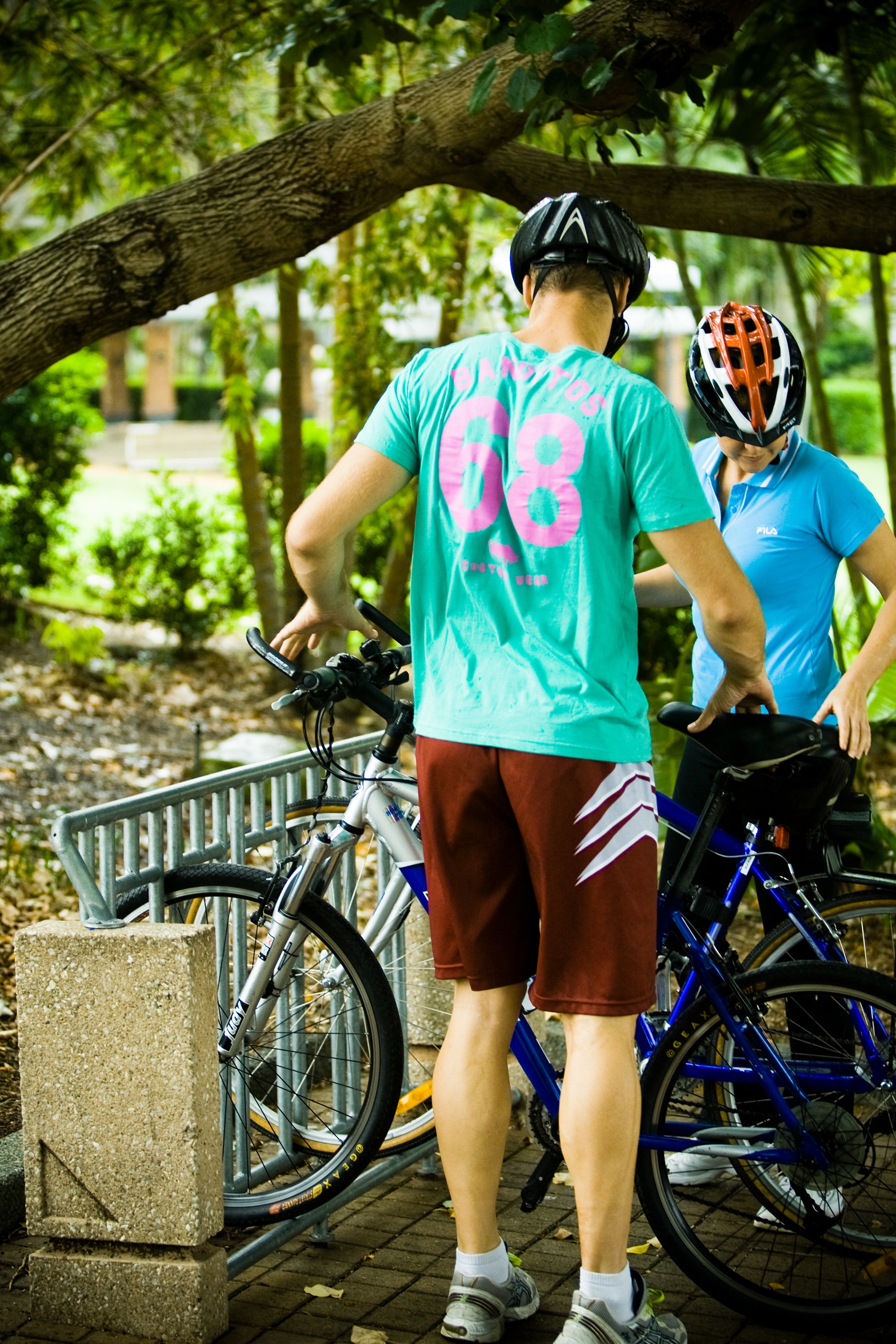
Bike riders
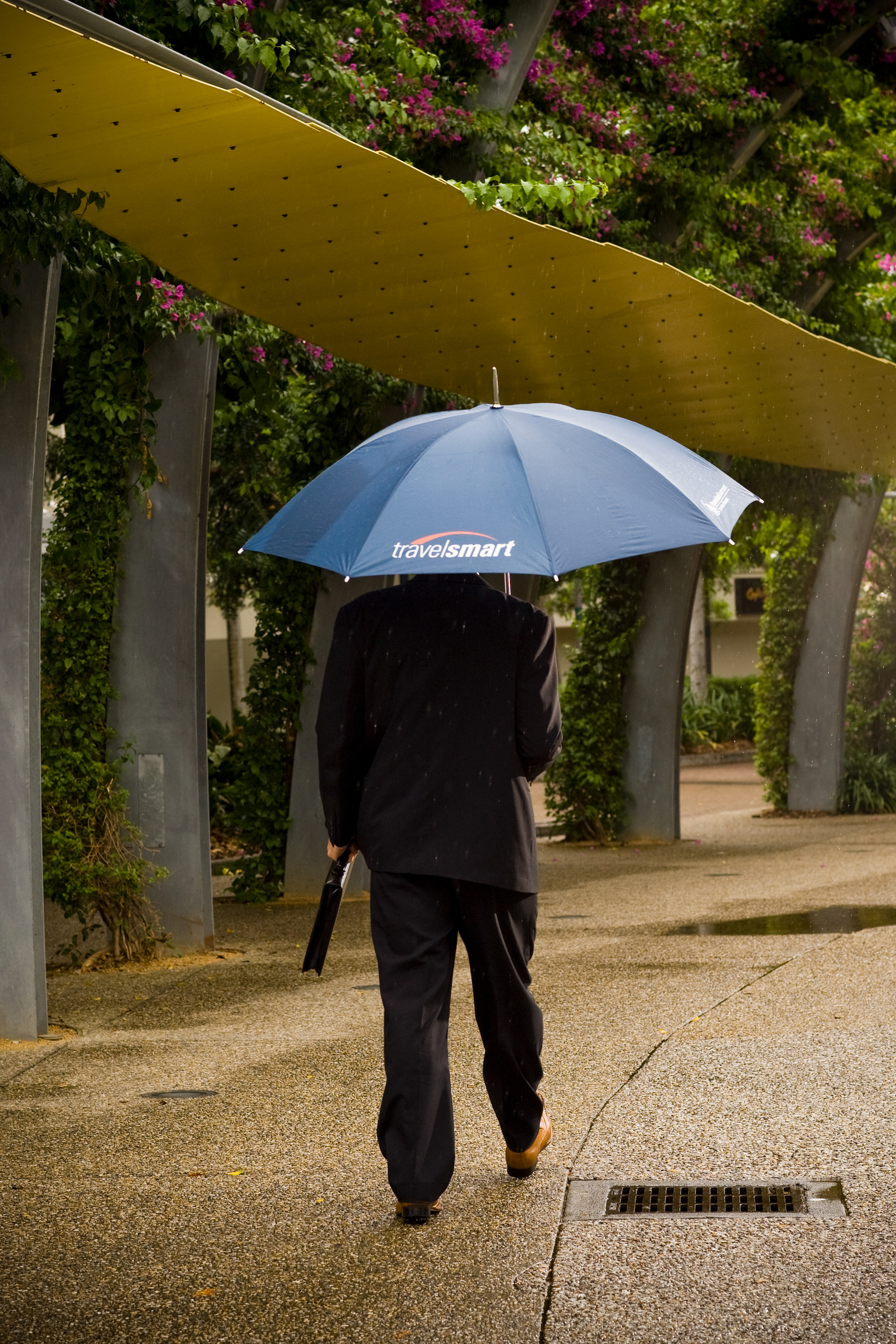
Travel Smart umbrella
Ferny Grove train station
Townsville City bus hub
North Lakes station
Kiss 'n' ride
New Licences and proof of age cards
Gravel laid on wet bitumen at Sorayas Hill on the Peninsula Developmental Road, Cape York Region Package
Construction Mob
From left Former Mayor, Woorabinda Aboriginal Shire Council, Philip Alberts; TMR Director-General Neil Scales; former Councillor Vincent Ghilotti, Woorabinda Aboriginal Shire Council
From left TMR Director-General Neil Scales; Mayor, Woorabinda Aboriginal Shire Council, Cheyne Wilkie; two representatives from Narimu Resources; and Works Manager, Dooley Perkins, Woorabinda Aboriginal Shire Council
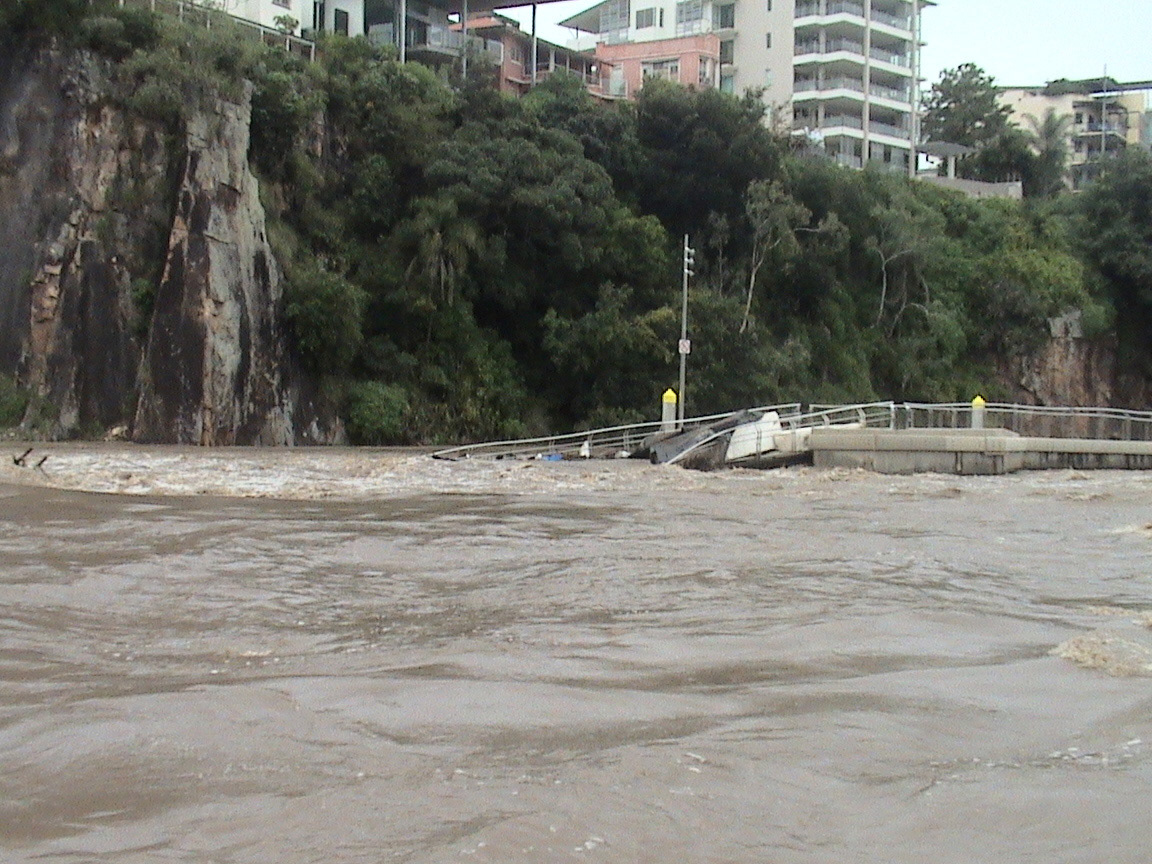
Brisbane Riverwalk, Kangaroo Point submerged by floodwaters
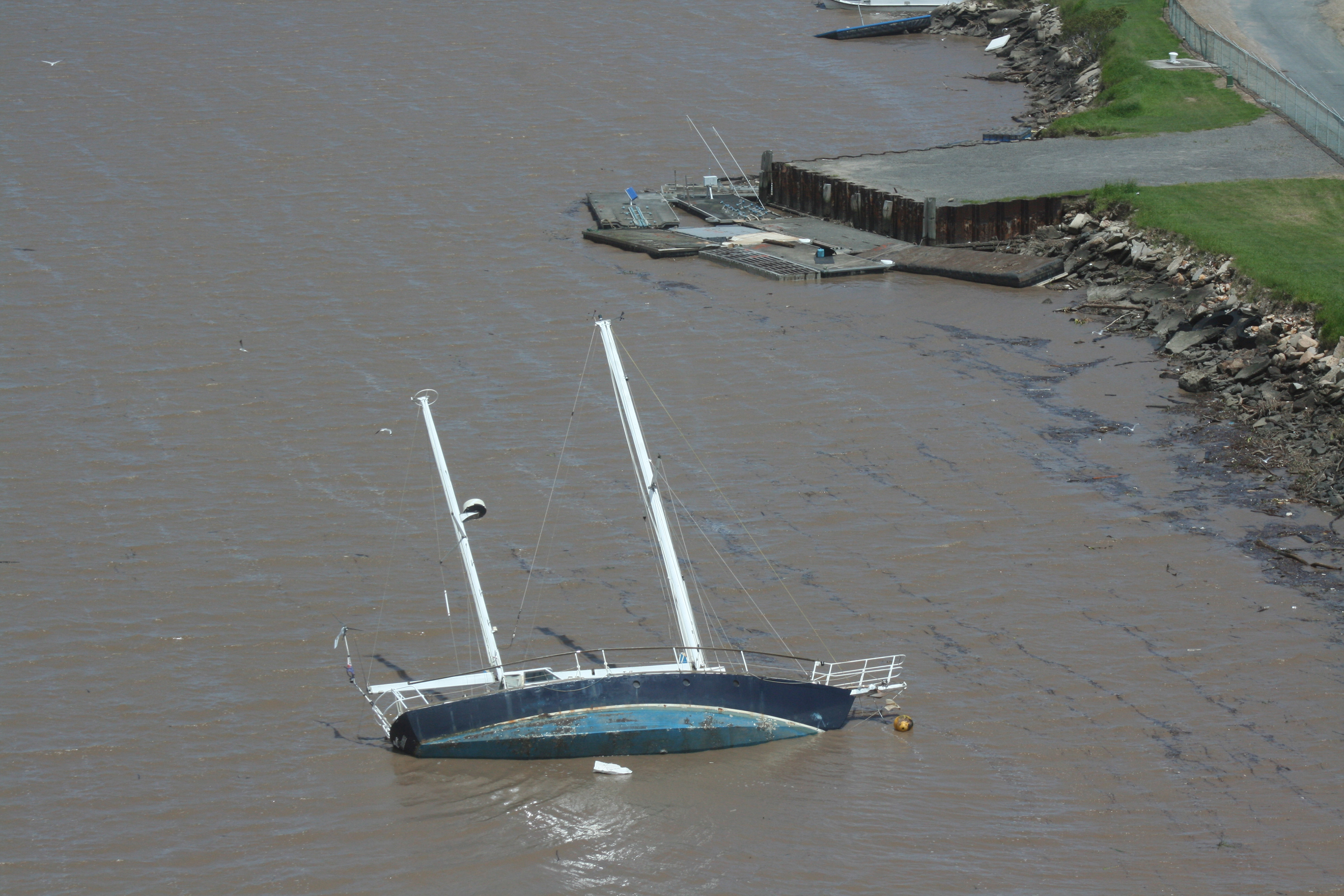
Vessel aground
Shipping container caught in Condamine River flood waters at McCahon Bridge
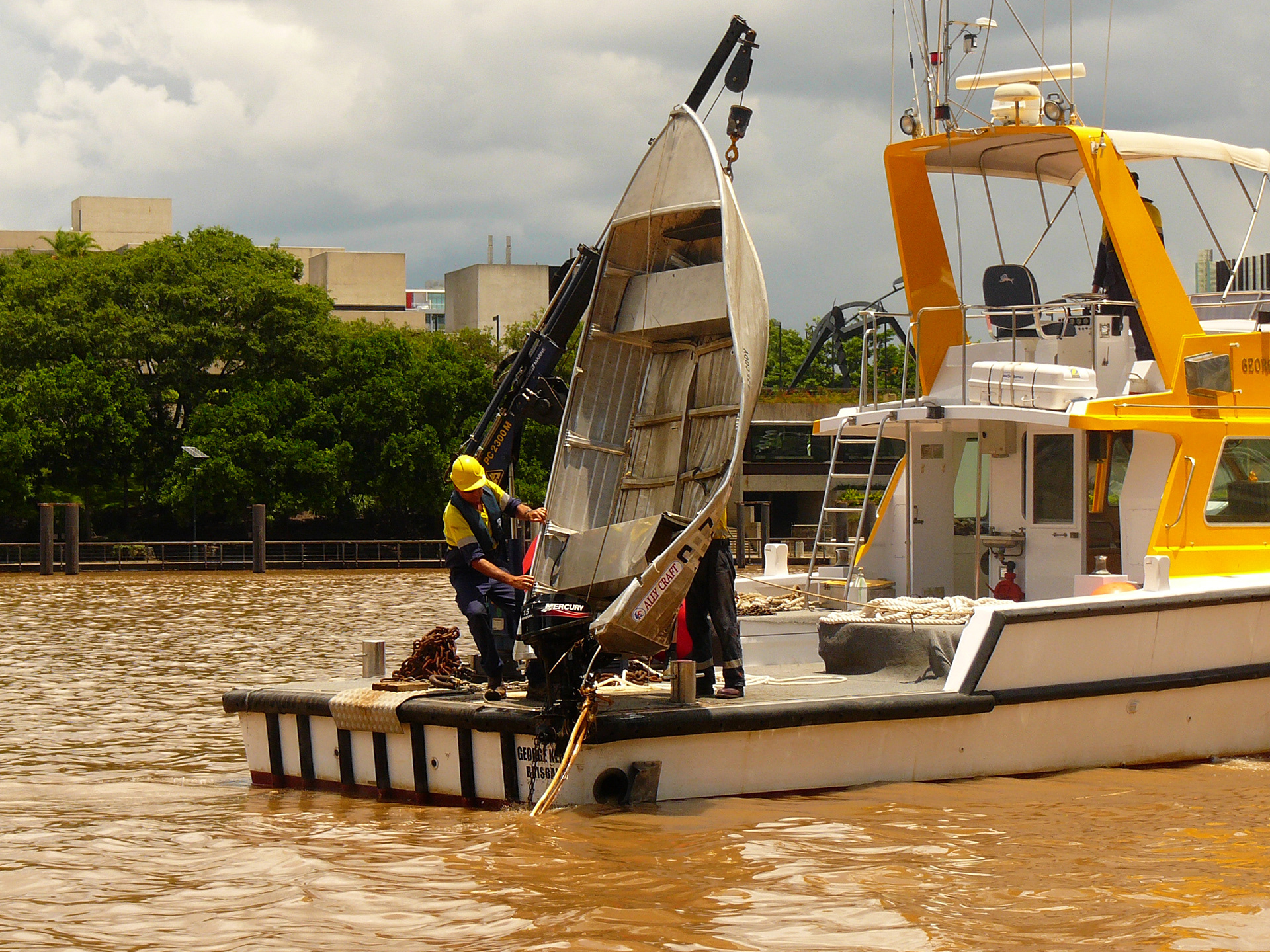
Maritime Safety Queensland hauling damaged small vessel from the Brisbane River
Yeppen Floodplain Crossing, Bruce Highway following Ex-Tropical Cyclone Debbie.
Townsville recreational boating park
Obama motorcade
2017 Fatality Free Friday Launch - L to R: Jemma Elder (Personal Plates Qld), Dennis Walsh (General Manager, Land Transport Safety), Micheal Copper (BOB Jane), Troy Davison (BOB Jane), Craig Lowndes (Team Vortex), Tim Wall (Caltex), Russell White (Australian Road Safety Foundation), Mike Stapleton (Deputy Director-General, Customer Services, Safety and Regulation) and Dan Wilkinson (Suncorp) take the road safety pledge
Department Commonwealth Games support staff at Broadbeach
Department Commonwealth Games support staff at Helensvale
Return shuttle from the Mountain Biking event
Gold Coast Light Rail event stops
Commonwealth Games Journey Planner
Multi-modal station at Helensvale, the start of your Commonwealth Games journey. Light Rail station right next door
The 2018 Commonwealth Games was a significant investment in our future
How popular was public transport during the Commonwealth Games
Gooding Drive, Palm Meadows Dr
Bundall – Ashmore Rd
Ipswich Connected Vehicle Pilot (CAVI) - (L to R) Mike Stapleton, Andrew Wheeler, John Oppes, Dennis Walsh, Amanda Yeates, Neil Scales, Andrew Mahon, Tracy O'Bryan, Matt Longland, Ray Simpson
Water testing – Darra to Springfield Transport Corridor
New high-pressure sodium lighting
Environmental testing at sediment ponds
